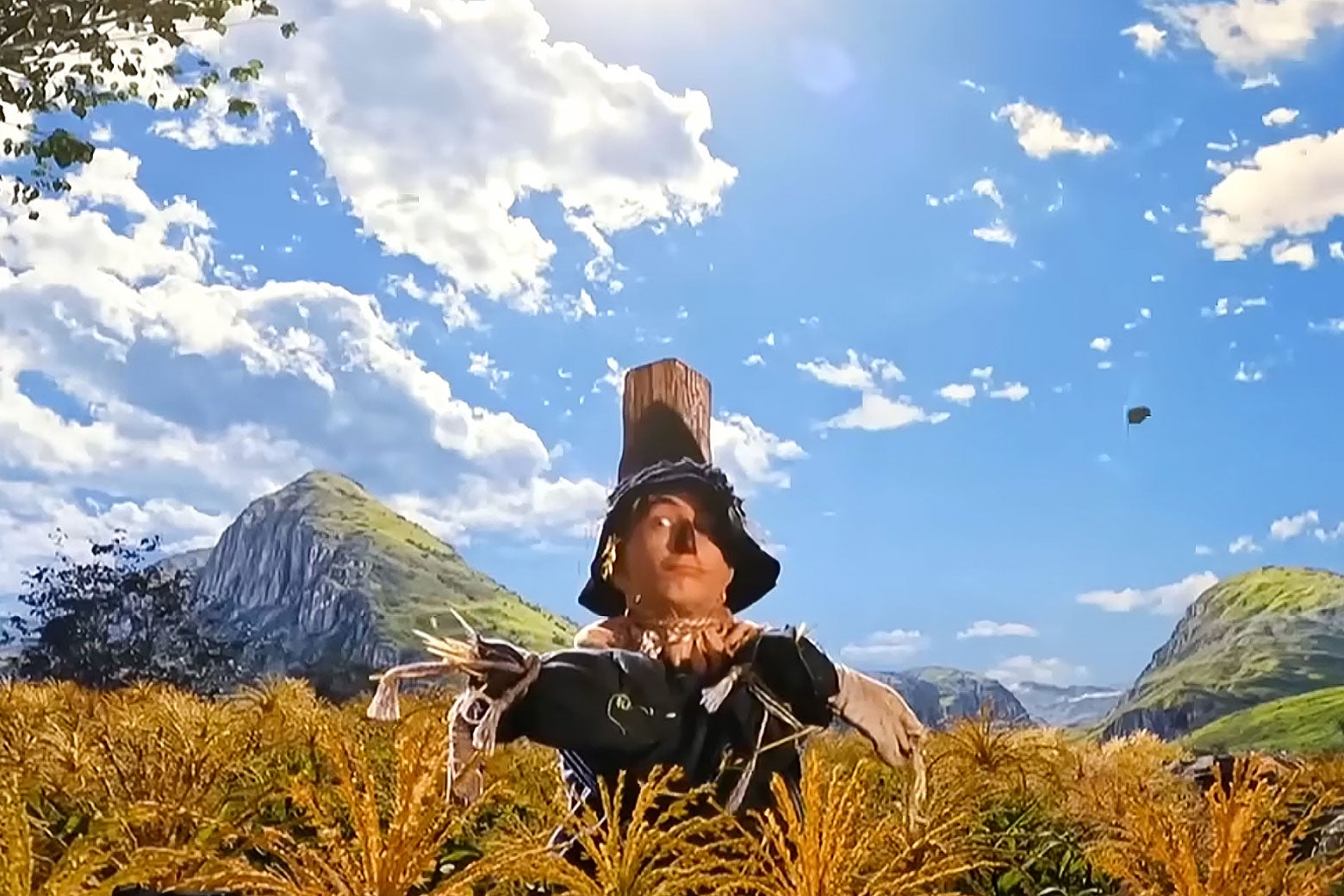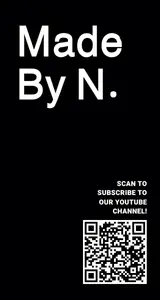It’s one of the most popular movies of all time, but some people still think AI can “improve” it.
By
Sam Adams
Enter your email to receive alerts for this author.
Sign in or create an account to better manage your email preferences.
Are you sure you want to unsubscribe from email alerts for Sam Adams?
Unsubscribe from email alerts
Aug 05, 20257:02 PM

Although it is, at least according to the Library of Congress, the most-watched movie of all time, The Wizard of Oz was a costly failure at the box office, and only became a perennial favorite thanks to the regular TV airings that began in the 1950s. But in the decades since it’s become a metonym for the wonder of the big screen, a movie even people who prefer their content streaming will make the effort to see in a movie theater.
Beginning on Labor Day weekend, audiences will get to experience the movie on perhaps the largest screen ever created. But it won’t be The Wizard of Oz as we’ve come to know it for the better part of a century. The version of the movie that will fill Las Vegas’ Sphere starting Aug. 28 has been retooled to fit the venue’s curved shell, its images enhanced and expanded to fill four football fields’ worth of 16K LED screens—the foundation of an immersive presentation that also includes flames, gusts of wind, and inflatable flying monkeys piloted by drone. (I’ll come back to the words “enhanced,” “expanded,” and “immersive” in a bit.) It is, to quote the title of a CBS news report, “The Wizard of Oz as you’ve never seen it before.”
The Sphere version of The Wizard of Oz hasn’t yet been shown to the public, and even the journalists who got an early look—from, among other places, Variety, the Hollywood Reporter, and USA Today—have only seen parts of the whole. But the responses have thus far been uniformly glowing. USA Today’s Melissa Ruggieri, who was shown “near-final pieces” of the new version, called it “an exhaustive, finely detailed endeavor,” with even Toto getting a “glow-up,” and said that watching Oz at the Sphere is to an ordinary IMAX screening as listening to a pair of “$16,000 studio headphones” is to popping in a pair of earbuds. On CBS, Ben Mankiewicz gushed that the generative A.I. used to extend both the movie’s settings and its actors’ performances “seems like magic.”
Among those who’ve only experienced the magic of the Sphere Oz at home, the reaction was a lot less enthusiastic. Phrases like “gross and disrespectful” and “an affront to art and nature” hurtled across social media faster than you could click your heels. On Twitter, Mankiewicz defended his initial impressions, arguing that the new version’s technicians were merely “completing work Fleming and LeRoy would have if it had been possible,” referring to two of the film’s directors. (The Wizard of Oz’s production history is too tangled to recount here, but Victor Fleming, Mervyn LeRoy, King Vidor, George Cukor, and Richard Thorpe all stood behind the camera at one time or another.) But to my eyes, it’s an atrocity, an unsightly mangling of a movie that needs no improvement, abetted by a technology that poses an existential threat to artists’ livelihoods.
Ben Mankiewicz isn’t just a CBS correspondent. He’s a descendant of Hollywood royalty, the grandson of Herman J. Mankiewicz, who co-wrote the Oscar-winning screenplay of Citizen Kane, as well as doing some uncredited rewrites on The Wizard of Oz itself. The younger Mankiewicz has also served as the most prominent face of Turner Classic Movies since the death of beloved host and figurehead Robert Osborne in 2017. In other words, he’s just the kind of person you’d want on your side if you were making major alterations to a—make that the—classic Hollywood film.
As a film historian and as an employee, Mankiewicz must be aware that his argument for nü-Oz is note-for-note the pitch made for colorizing movies in the 1980s—a controversial process that became synonymous with the name of Ted Turner, who at the time owned the rights to hundreds of classic Hollywood films. In order to maximize the value of his investment, Turner started the process of applying color to old black-and-white movies, and when purists complained that he was meddling with film history, Turner responded that he might “colorize Casablanca just to piss everybody off.” Not long thereafter, he did just that, and while Roger Ebert proclaimed the result an act of “artistic desecration,” Washington Post TV critic Tom Shales countered that the colorized Casablanca “looks pretty good to me.”
The purists won that battle, and Turner’s library moved from his TBS network to the newly founded TCM, which built a reputation for honoring and educating viewers about Hollywood history rather than retrofitting it to fit current tastes. The people behind the new Wizard of Oz, who also include producer Jane Rosenthal, who cofounded the Tribeca Film Festival and was nominated for an Oscar for The Irishman, and James Dolan, the Sphere’s CEO, are at pains to stress their love for the film and their desire to bring it to a new generation. Dolan, who also owns the New York Knicks and the Rangers, is not traditionally friendly to the press, and his family has employed facial-recognition technology to ban critics from Dolan-controlled venues like Madison Square Garden and Radio City Music Hall. But he enthusiastically told CBS’s cameras about his love for Judy Garland, and how the new version enhances “the connection between the audience and the performance.”
Dolan is also the impetus behind the Sphere Oz’s so-called “4D” elements, which include fire, tornado-like gusts of wind, and flying monkeys, filled with helium and piloted by drones, that swoop down over the audience. Given that they had access to flames and fans even in Victor Fleming’s day, the notion that the movie’s director would have availed himself of this particular technology if he’d only had the opportunity doesn’t hold water—or whatever substance the Sphere’s audience is going to be doused with when the Wicked Witch of the West gets hers. Instead, Dolan explains, the idea is for this production to “bring you into the film as if you were in the studio when it was shot.”
The problem, as anyone who’s ever been on a film set knows, is that studios are deeply boring places, and it’s only when the camera tells us where and how to look that they become worth watching. The Sphere version adds a crystal-blue sky above the Scarecrow’s head when Dorothy first encounters him in Oz, and what looks like several miles of wooden roof to the Gales’ humble Kansas shack. But has any living soul ever watched The Wizard of Oz and wondered what the Gales’ roof looked like? Is our rapture enhanced by seeing an artificially generated version of Uncle Henry, standing in for the long-dead Charley Grapewin, lingering by the door before he crosses into the scene? (Rosenthal insists that the new version uses “ethical A.I.,” by which she means that it was only trained on properly licensed material, but there’s no word on the ethics of reanimating a corpse.)
The issue isn’t whether Rosenthal and Dolan have the right to alter a classic, which is a legal and not a moral question, or even whether this new version offers the kind of dazzling spectacle its creators promise. (As Mankiewicz fairly pointed out after a few days of taking a drubbing on Twitter: “I have an advantage. I’ve seen it.”) It’s that, whatever the Sphere’s audience is paying upwards of $100 a ticket to experience, it’s not The Wizard of Oz. It’s not the movie its creators signed off in 1939, and it’s not the movie that generations have fallen in love with ever since. Perhaps the A.I.-smoothed Garland looks, as Mankiewicz says, “richly detailed” on the Sphere’s giant screen, but the available footage looks smeared and unfocused, replacing the natural grain of celluloid film with an uncanny plasticity. What’s more, the Sphere version cuts the film’s running time by nearly a quarter, reducing it from 102 minutes to 75, allowing more shows to be squeezed into a day and reducing the cost of a version whose every second takes more than 12 days to render.
The Wizard of Oz, to be sure, will be fine. It’s withstood greater indignities than this, and I suspect people will still be watching it when the Sphere has turned to rubble. But for all the talk of allowing new audiences to connect with a classic, there’s an underlying ugliness to the Sphere’s Oz, a presumption that when new audiences meet old art, it’s the latter that needs to adjust. Watching older movies can feel like visiting a foreign country, but as with travel, there’s far more to be gained from learning the local customs than gravitating only toward the familiar. Rather than use an enduring classic to remind people that art need not use the latest “immersive” techniques to pull you into its world, the Sphere’s Oz promises to do the work for you, to all but literally drop a pre-packaged experience in your lap. It’s as if Dorothy plopped herself down in Munchkinland and waited for the Wizard to come to her.
Get the best of movies, TV, books, music, and more.
.png)




